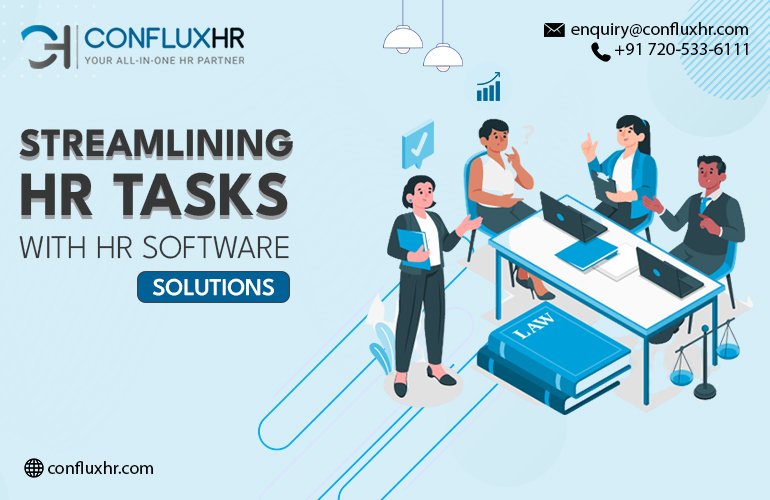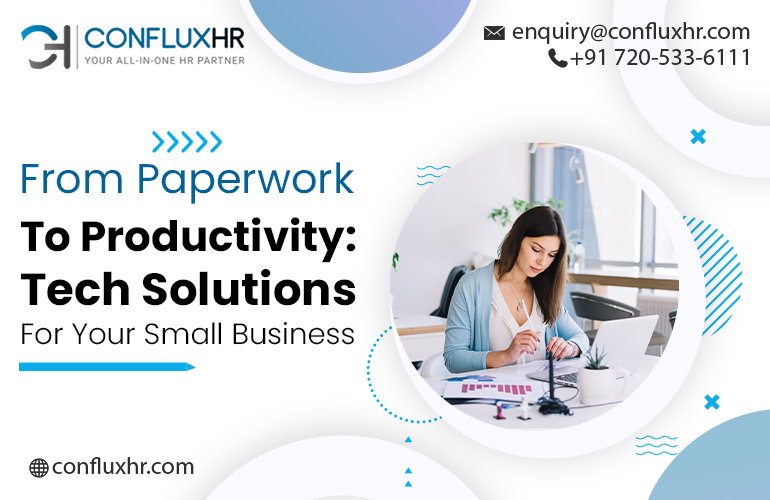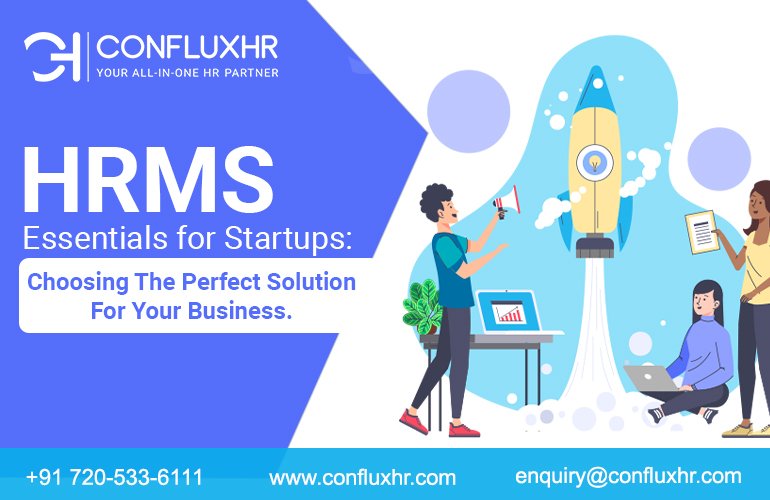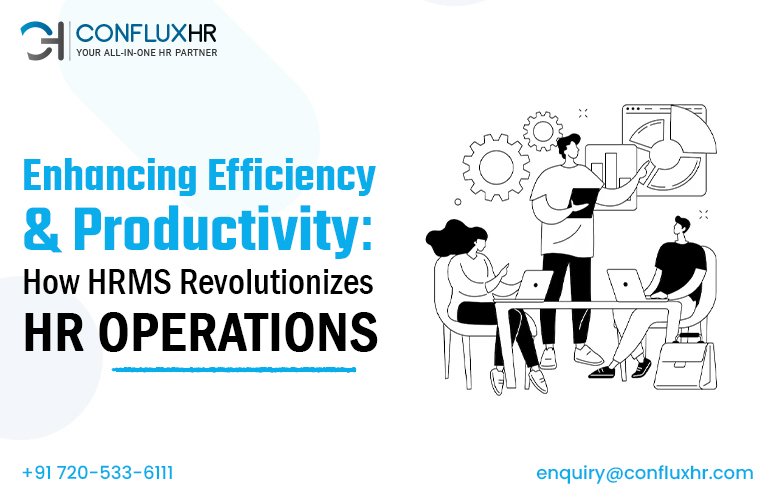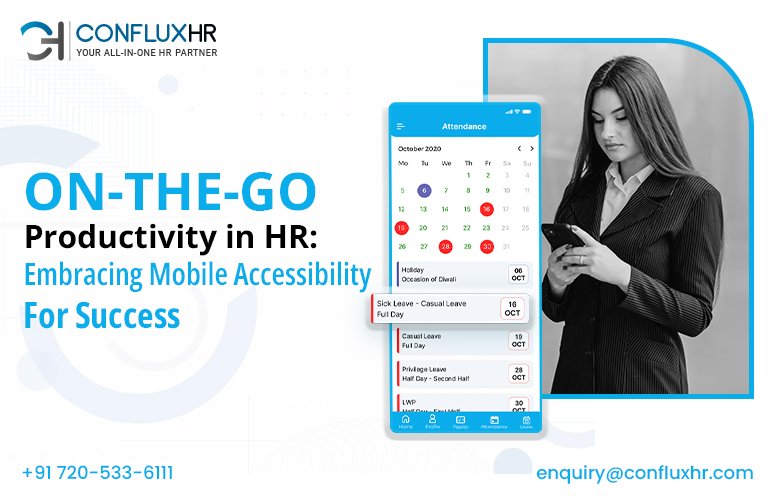In today’s fast-paced world, how businesses handle HR tasks has changed. HR software solutions have emerged as powerful tools that help streamline HR processes and make them more efficient. These solutions use the latest technology to transform how companies manage their HR tasks and navigate the complex world of human resource management.
Gone are the days of manual paperwork, slow processes, and heavy administrative workloads. HR software solutions offer many features that empower businesses to optimize their HR operations, improve accuracy, and enhance the employee experience.
They integrate advanced technologies like automation, artificial intelligence, and self-service portals to provide an experience for HR professionals and employees.
By embracing HR software solutions, businesses can enjoy various benefits, such as increased productivity, smoother processes, better data management, and improved decision-making. These solutions allow organizations to focus on important initiatives, foster a positive work environment, and achieve success in the ever-changing field of HR management.
This blog explores the power of HR software solutions and their pivotal role in streamlining HR tasks for business success.
Efficiency and Time Savings
HR software solutions make managing employee information easier, keeping track of leaves and recording attendance. By automating these tasks, it saves much time for HR professionals. This gives them more time to work on important projects that help the business grow and keep employees happy.
Improved Accuracy and Compliance
HR software solutions ensure accurate data management. HR software solutions help businesses keep track of employee information, handle payroll tasks, and follow labor laws and rules. By using these solutions, businesses can reduce mistakes and avoid problems by not following the rules.
Enhanced Employee Self-Service
HR software solutions give employees the power to do things themselves. They provide self-service portals where employees can access and update their personal information, request time off, check their pay stubs, and participate in performance management activities. These features make things easier for employees and reduce the work HR teams must do.
Streamlined Recruitment and Onboarding
HR software solutions simplify and automate recruitment, a critical organizational process.
It comes with useful features like applicant tracking, resume screening, and interview scheduling. These features help HR professionals test candidates and make onboarding new hires much smoother. In simpler terms, HR software helps HR teams find the right people for the job and makes it easier to bring them on board.
Data-Driven Decision Making
HR software solutions offer detailed reports and analytics that provide valuable information about how employees perform, why some may leave, what training is required, and who makes up the workforce. This data is updated in real-time, allowing HR professionals to make informed decisions and create effective HR strategies that align with the company’s goals. In simpler terms, HR software helps HR teams understand employee performance, reasons for turnover, training needs, and workforce demographics. With this knowledge, HR professionals can make smart choices and develop HR plans that work well for the company.
Integration and Scalability
Seamless integration with other business systems, such as payroll and accounting software, is a significant advantage of HR software solutions. This eliminates manual data entry and ensures smooth data flow. Additionally, these solutions are scalable, accommodating the evolving needs of growing businesses, including expansions and acquisitions.
Mobile Accessibility
HR software solutions make it easy for HR professionals and employees to access important HR information no matter where they are. With mobile apps, they can check HR details, approve requests, and collaborate on the go. This flexibility boosts productivity and efficiency for both HR teams and employees.
Enhanced Security and Data Protection
HR software solutions focus on robust security measures, safeguarding sensitive employee data.
It takes important measures to keep your information safe and secure. They use features like data encryption and role-based access controls, ensuring your data remains private and meets privacy regulations. This provides an extra layer of protection for your valuable information.
Features like data encryption and role-based access controls ensure confidentiality and compliance with data privacy regulations.
Conclusion
The power of HR software solutions is evident in their ability to streamline HR tasks and optimize business processes. By embracing technology, businesses can maximize efficiency, accuracy, and employee engagement.
To stay ahead in today’s business world and achieve HR goals, it’s crucial to tap into the potential of HR software solutions. These powerful tools can drive business success and help you stay competitive.


